Facultad de Computación
Sistemas de Información Ciencia de Datos Ciencia de la Computación CiberseguridadFacultad de Negocios
Administración y Negocios Digitales Administración y Negocios Sostenibles Business AnalyticsResultados de búsqueda
No se han encontrado resultados para tu búsqueda.
Te recomendamos verificar si las palabras están escritas correctamente.
Facultad de Computación
Sistemas de Información Ciencia de Datos Ciencia de la Computación CiberseguridadFacultad de Negocios
Administración y Negocios Digitales Administración y Negocios Sostenibles Business AnalyticsCentro de Investigación del Agua y Medio Ambiente (CITA)



Desarrollamos y comunicamos investigaciones realizadas en el Perú sobre nuestros ricos recursos naturales.
El Centro de Investigación y Tecnología del Agua - CITA fue creado en junio del 2017. Tiene como ejes de investigación al "Agua y Medio ambiente", y como líneas de investigación específicas "Geociencias: Agua, Atmósfera y Suelo, Seguridad Hídrica, Monitoreo Ambiental y Biorremediación".
A la fecha, ha recaudado más de 4 millones de dólares en fondos para investigación (financiados por entidades nacionales e internacionales, como USAID, Fondecyt, Gordon and Betty Moore Foundation, Wildlife Conservation Society), desarrollado más 27 proyectos de investigación, y organizado más de 30 eventos y cursos en temas de recursos hídricos y medio ambiente. Cuenta con múltiples alianzas institucionales nacionales e internacionales para trabajos de investigación y capacitación.

Nuestros Miembros
Te invitamos a conocer a nuestros investigadores expertos en su área.


Director


Investigador


Investigadora


Investigador


Colaborador

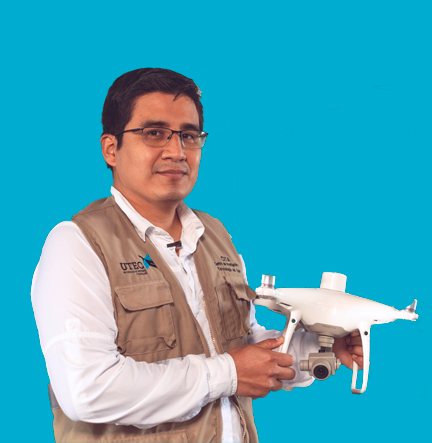
Colaborador


Colaboradora
Colaborador
Logros alcanzados
Principales hitos y logros alcanzados


20188 Forma parte de una comunidad deportiva
2018 Fomentamos competencias internas y entrenamientos semanales en clubes deportivos


2019 Forma parte de una comunidad deportiva
2019 Fomentamos competencias internas y entrenamientos semanales en clubes deportivos


Texto de prueba Forma parte de una comunidad deportiva
Texto de prueba Fomentamos competencias internas y entrenamientos semanales en clubes deportivos


Forma parte de una comunidad deportiva
Fomentamos competencias internas y entrenamientos semanales en clubes deportivos


Forma parte de una comunidad deportiva
Fomentamos competencias internas y entrenamientos semanales en clubes deportivos


Forma parte de una comunidad deportiva
Fomentamos competencias internas y entrenamientos semanales en clubes deportivos
Conoce nuestros proyectos de investigación
Proyectos enfocados en abordar desafíos globales y promover la innovación científica y tecnológica

Financiado por:
FONDECYT
Investigador principal:
Dr. Pedro Rau

Financiado por:
World Bank, Fondecyt
Investigador principal:
Dr. Pedro Rau
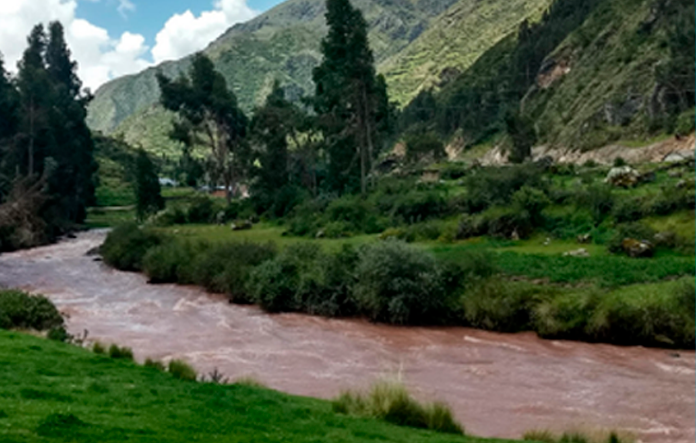
Investigador principal:
Pedro Rau
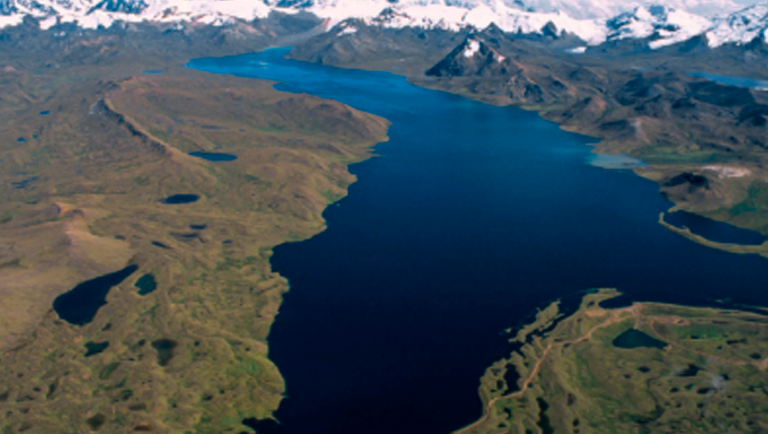
Investigador principal:
Daniel Horna
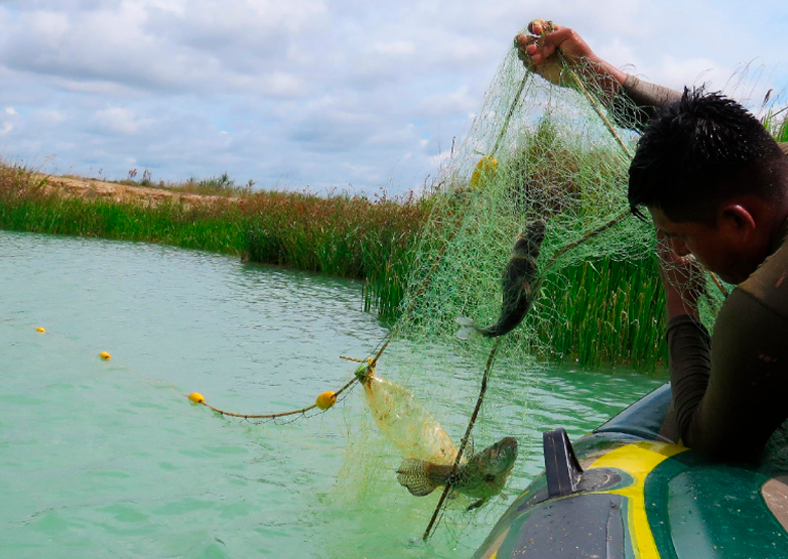
Investigador principal:
Mónica Santa-María Fuster
No se encontraron proyectos

Este proyecto desarrolla un enfoque integrado de evaluación de la seguridad hídrica-glaciar para transformar el entendimiento del impacto del retroceso glaciar en la seguridad hídrica.

La presente investigación multidisciplinaria estudiará la correlación entre el fenómeno de El Niño y los patrones de crecimiento urbano que predominan en las ciudades costeras del Perú, analizando el riesgo y vulnerabilidad a diferentes escalas de las zonas urbanizadas de la cuenca Chira-Piura y los niveles de resiliencia social para recuperarse y adaptarse a este fenómeno.

Los impactos del retroceso glaciar ponen en riesgo la seguridad hídrica para la subsistencia humana y los ecosistemas. En regiones como el Perú, los procesos y conexiones entre el cambio climático, el derretimiento de los glaciares, la seguridad hídrica y la capacidad de adaptación local son multidimensionales y poco comprendidos.
Por lo tanto, entender estos procesos, sus impactos e implementar estrategias adecuadas de adaptación para un futuro incierto, basadas en la ciencia, requiere un enfoque integrado e interdisciplinario.
El proyecto RAHU propone abordar estos desafíos mediante el desarrollo de un modelo integrado para mejorar la toma de decisiones en el Perú. Para ello, se ha reunido un consorcio de larga trayectoria a nivel mundial: el Centro de Investigación y Tecnología del Agua de la Universidad de Ingeniería y Tecnología (UTEC), la Universidad Nacional de San Antonio Abad del Cusco, Imperial College London, la Universidad de Birmingham, el Servicio Nacional de Meteorología e Hidrología del Perú (Senamhi) y el Consorcio para el Desarrollo Sostenible de la Ecoregión Andina (CONDESAN). Estas instituciones trabajarán conjuntamente para mejorar la disponibilidad y calidad de datos, así como la construcción de nuevos modelos hidro-glaciológicos.
Este proyecto se desarrolla gracias al financiamiento del fondo Newton-Paulet, creado en colaboración entre el Natural Environment Research Council (NERC) y el Consejo Nacional de Ciencia, Tecnología e Innovación Tecnológica (CONCYTEC), dentro de su programa “Círculos de Investigación en Glaciares”. Tiene una duración aproximada de tres años y cuenta con un presupuesto de S/. 1’500,000 por la parte peruana y £500,000 por la parte inglesa.
¿Cuáles la problemática?
Los glaciares peruanos se encuentran entre los más vulnerables al cambio climático y se están derritiendo a un ritmo acelerado. Esto representa una gran pérdida en la disponibilidad y almacenamiento de agua, así como la desaparición de humedales y la degradación de suelos inducida por el cambio climático. Como consecuencia, los problemas se intensifican especialmente en las zonas altas y remotas, donde habita la población en mayor situación de pobreza. Esta propuesta busca desarrollar una base de evidencia científica que respalde estrategias de adaptación al cambio climático y promueva un desarrollo sostenible, con énfasis en las poblaciones más vulnerables.
Objetivo:
El proyecto busca desarrollar un enfoque integrado de evaluación de la seguridad hídrica-glaciar, con el fin de transformar el entendimiento del impacto del retroceso glaciar en la seguridad hídrica. Para ello, se han establecido los siguientes objetivos específicos:
Área de estudio
El área de estudio del proyecto comprende la cuenca del río Vilcanota-Urubamba, ubicada en la región Cusco. Los estudios y mediciones se llevarán a cabo en tres subcuencas glaciadas, seleccionadas por su relevancia hidrológica y vulnerabilidad al cambio climático:
Integración de la investigación
El proyecto RAHU tiene un enfoque multisectorial que busca generar impacto en tres dimensiones clave: ciencia, políticas públicas y operatividad. Cada una de estas dimensiones contribuye al desarrollo de estrategias sostenibles frente al cambio climático en las cuencas glaciadas del Perú:
Ciencia: Generación de nuevas bases de datos y modelos sobre balance de masa glaciar, procesos hidrológicos, niveles de estrés hídrico actual y futuro, vulnerabilidad y capacidad adaptativa.
Políticas: Integración de los hallazgos científicos en el contexto de las políticas públicas peruanas, con énfasis en la legislación vigente sobre modernización de servicios de saneamiento, uso del agua y mecanismos de retribución por servicios ecosistémicos.
Operacional: Fortalecimiento de las capacidades operativas para la toma de datos, análisis, predicción y generación de evidencia que permita un manejo de cuencas más integrado y eficiente.
Resultados esperados

La Universidad de Ingeniería y Tecnología (UTEC), a través de su Centro de Investigación y Tecnología del Agua, presenta el proyecto de investigación “PEGASUS: Producing energy and preventing hazards from surface water storage in Peru”. Esta iniciativa busca comprender las oportunidades y amenazas que los recursos naturales y los paisajes en rápida transformación representan para las personas y empresas vinculadas a tres cordilleras glaciares de los Andes peruanos. De esta manera, se proporcionará la base necesaria para maximizar las oportunidades y minimizar los riesgos en las cuencas glaciares del país.
El proyecto PEGASUS es desarrollado en conjunto con la Universidad Nacional San Antonio Abad del Cusco, la Pontificia Universidad Católica del Perú, CARE Perú, la Universidad de Northumbria, la Universidad de Dundee y la Universidad de Hull. Tendrá una duración de tres años y un presupuesto de S/. 1’500,000, gracias al financiamiento del fondo Newton-Paulet, creado en colaboración entre el Natural Environment Research Council (NERC) y el Consejo Nacional de Ciencia, Tecnología e Innovación Tecnológica (CONCYTEC). Las capacidades aportadas por cada miembro del consorcio permitirán fortalecer la investigación sobre el impacto del cambio climático y los futuros desafíos en los ecosistemas complejos de los Andes, profundizar en el desarrollo de estrategias para el manejo de los recursos hídricos, e implementar un monitoreo más activo de los recursos glaciológicos.
Problemática
Los Andes peruanos albergan el 71 % de los glaciares tropicales del mundo. El agua de deshielo que estos glaciares suministran es un recurso esencial para las poblaciones ubicadas río abajo, que dependen de ella para el riego, el saneamiento y la producción de energía. Sin embargo, los glaciares del Perú están retrocediendo rápidamente, lo que no solo amenaza este suministro vital de agua, sino que también libera sedimentos hacia las reservas naturales que alimentan la escorrentía glaciar.
Estos paisajes que se están descongelando son, además, altamente dinámicos y pueden representar riesgos significativos para las personas y la infraestructura ubicada aguas abajo. En este contexto, el proyecto se integrará con diversas entidades clave, como el Consejo Regional de Cambio Climático de la región Cusco, la empresa de energía hidroeléctrica EGEMSA y, de manera crucial, con las comunidades que habitan en las cuencas que se están estudiando.
Objetivos
Proporcionar información que permita maximizar las oportunidades y minimizar los riesgos en las cuencas glaciares.
El área de estudio del proyecto comprende la cuenca del río Vilcanota-Urubamba, ubicada en la región Cusco. Los estudios y mediciones se llevarán a cabo en tres subcuencas glaciadas de alta relevancia para la seguridad hídrica de la zona:
Investigadores, incluyendo científicos de la criósfera, sedimentólogos y geomorfólogos, enfocados en la interfaz entre ciencia y políticas públicas, así como en el manejo sostenible del agua.
Resultados esperados

En un esfuerzo por comprender y preservar la biodiversidad acuática de la Amazonía peruana, un equipo de científicos de CINCIA (Centro de Innovación Científica Amazónica), la Wake Forest University (EE.UU.) y la Universidad de Ingeniería y Tecnología (UTEC), ha desarrollado un proyecto pionero que emplea ADN ambiental (eDNA) para identificar especies de peces en pozas mineras abandonadas en la región de Madre de Dios.
La investigación tiene como objetivo monitorear la biodiversidad en cuerpos de agua generados por la minería artesanal y de pequeña escala (MAPE), una actividad que ha causado la deforestación de más de 100,000 hectáreas de bosques tropicales entre 1984 y 2017. Estas actividades han dejado un paisaje fragmentado por miles de pozas artificiales, cuya composición biológica es aún poco conocida.
“Muchas de estas pozas están en lugares de difícil acceso por lo que aplicar técnicas tradicionales de monitoreo resulta complicado y costoso. Utilizar ADN ambiental nos permite detectar especies presentes sin necesidad de capturarlas, simplemente analizando el agua”, destaca la Dra Mónica Santa María, quien lidera parte de este trabajo desde UTEC.
El estudio, que está publicado en la prestigiosa revista Molecular Ecology, busca identificar factores que aceleran la recuperación de la biodiversidad en estas pozas mineras abandonadas. Los científicos encontraron que la conexión a ríos cercanos, mas no el tiempo de abandono o las dimensiones de las pozas, es lo que más ayuda a la recuperación de la biodiversidad en estos ecosistemas impactados.
Junto con otro estudio preliminar desarrollado por el mismo grupo, publicado en la revista Environmental DNA, se puso en evidencia la limitada información de biodiversidad de peces Amazónicos disponible en las bases de datos genómicas. Esta información es necesaria para poder usar la técnica de ADN ambiental de manera más eficaz. Por ello, trabajaron en un proyecto paralelo enfocado a generar códigos de barra de ADN de más de 100 especies de peces amazónicos. Para este objetivo, las muestras se obtuvieron utilizando métodos no invasivos, como fin clipping (corte de aleta) e hisopado, siendo el primero el más eficiente para obtener material genético de alta calidad.
“El ADN ambiental no solo nos ayuda a conocer qué especies habitan estas pozas, sino que puede ser clave para alertar sobre la presencia de peces comestibles potencialmente contaminados y proteger la salud de las comunidades amazónicas”, subraya la Ing. Camila Timaná, ex-alumna de UTEC e investigadora principal de esta iniciativa. En general, el ADN ambiental probó ser una herramienta eficiente y escalable que permite detectar especies poco registradas, logrando una identificación más rápida, económica y precisa. Esta herramienta puede asistir a los esfuerzos de restauración ecológica y conservación de la biodiversidad en zonas afectadas por actividades extractivas y otras presiones antropogénicas.
Esta propuesta se alinea con los objetivos del Día Mundial del Medio Ambiente, promoviendo soluciones basadas en ciencia y tecnología para enfrentar los retos ambientales más urgentes del país. La experiencia demuestra cómo la investigación puede convertirse en una herramienta poderosa para la gobernanza ambiental en regiones altamente vulnerables.
Descubre nuestras
publicaciones destacadas
Conoce las mejores publicaciones de investigación y mantente al día con los avances más recientes en tu campo.

Increase in average global temperature over the last few decades has caused an accelerated retreat of tropical glaciers. Andean populations live in strict dependence on the water services provided by mountains and glaciers. The present study aims to generate a glacier melt projection map in the Peruvian Central Cordillera based on vulnerability maps over the 1990–2021 period. Seven satellite images were selected to determine the changes in glacier coverage based on normalized indexes. Subsequently, seven parametric maps consisting of terrain and climate characteristics were assimilated into a vulnerability analysis based on the frequency index and the Shannon entropy index model, allowing one to identify areas most susceptible to glacial retreat. The results show that the most important criteria for the southern and northern glacial study areas are surface temperature, elevation, precipitation, aspect, orientation, and slope. The validation results revealed the most accurate set of parameters from the vulnerability map in terms of projecting melting areas and were used to produce a spatial projection map for the period 2021–2055. From 2021, a glacier loss in the range 84–98% would be reached by the 2050s.
Ver publicación
The introduction of nature-based solutions (NbS) in catchments has the potential to increase the cost-effectiveness, flexibility, and reliability of water management practices aimed at improving water security. However, the scientific-evidence base of the hydrological impacts of NbS is still weak, and there is therefore a risk that catchment interventions might not lead to the desired hydrological outcomes. This is especially important when assessing NbS-based catchment interventions before their implementation, as this requires robust simulation tools capable of effectively managing the uncertainties associated with future forecasts. This study aims to review the hydrological impacts of different NbS intervention types for water management. First, we present an NbS typology and the corresponding dominant hydrological impacts. We then use this typology to review the strength of the current evidence of the effect of NbS interventions on the hydrological response at the catchment-scale. Our results demonstrate that the effectiveness of each NbS type hinges on specific conditions such as location, design, and environmental factors. For instance, micro-reservoirs notably enhance surface storage and evaporation, while infiltration trenches reduce runoff but can increase soil erosion. Our global analysis highlights the need for an improved understanding of NbS catchment impacts and careful planning of NbS interventions as a key for successful long-term implementation of NbS. These include participatory approaches with stakeholder involvement in NbS co-design, knowledge co-production, and novel data collection to support locally relevant adaptation strategies, and to increase water security on the long term. This article is categorized under: Science of Water > Hydrological Processes Engineering Water > Planning Water Water and Life > Conservation, Management, and Awareness.
Ver publicación
The Peruvian region of Madre de Dios is a biodiversity hotspot located in the Andean-Amazon region. Since the 1970s, it has experienced the harsh effects of artisanal and small-scale gold mining (ASGM), which has transformed the primary forests into numerous small mining ponds left abandoned after extraction. Preliminary surveys indicate that these ponds are being recolonized by surrounding biodiversity. These assessments are typically carried out using traditional methods that are costly, difficult to deploy at multiple locations, and have raised safety concerns. In this context, environmental DNA (eDNA) becomes a useful tool for biodiversity monitoring due to its simplicity for sample collection and performance to identify taxonomic groups. In this study, we evaluated fish biodiversity in two mining ponds created by ASGM along with two nearby pristine lakes, unimpacted by mining operations but also influenced by seasonal flooding. We compared two alternative eDNA processing methods and contrasted our results with historic data from traditional biodiversity monitoring. Both eDNA-based methods yielded comparable results, varying only in logistic requirements and costs. In total, we detected 85 fish MOTUs (22 at the species level) from 5 orders, 22 families, and 41 genera. Some of the species identified with eDNA were rarely registered by traditional monitoring, and we could identify 6 genera associated with ASGM mining ponds only. A major restriction of the eDNA approach in this location was the insufficient local taxa registered in genomic databases which limited our taxonomic resolution. Despite this limitation, our results indicate that eDNA could be a powerful tool for biodiversity estimations in the Western Amazon, identifying more taxa, with much less time and money invested than traditional monitoring. Our results also confirm that abandoned mining ponds are being recolonized by surrounding ichthyofauna, reaching richness levels above nearby unmined oxbow lakes used as reference.
Ver publicaciónAlianzas estratégicas
Trabajando junto a importantes Aliados con miras a la innovación y el desarrollo
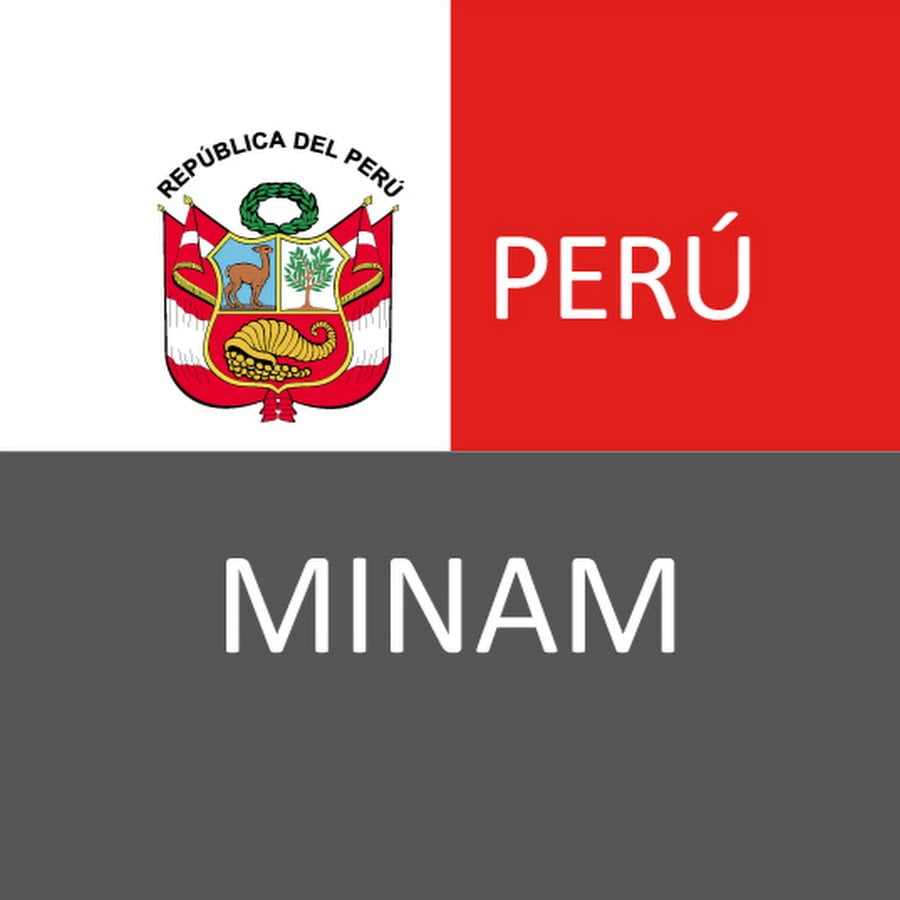

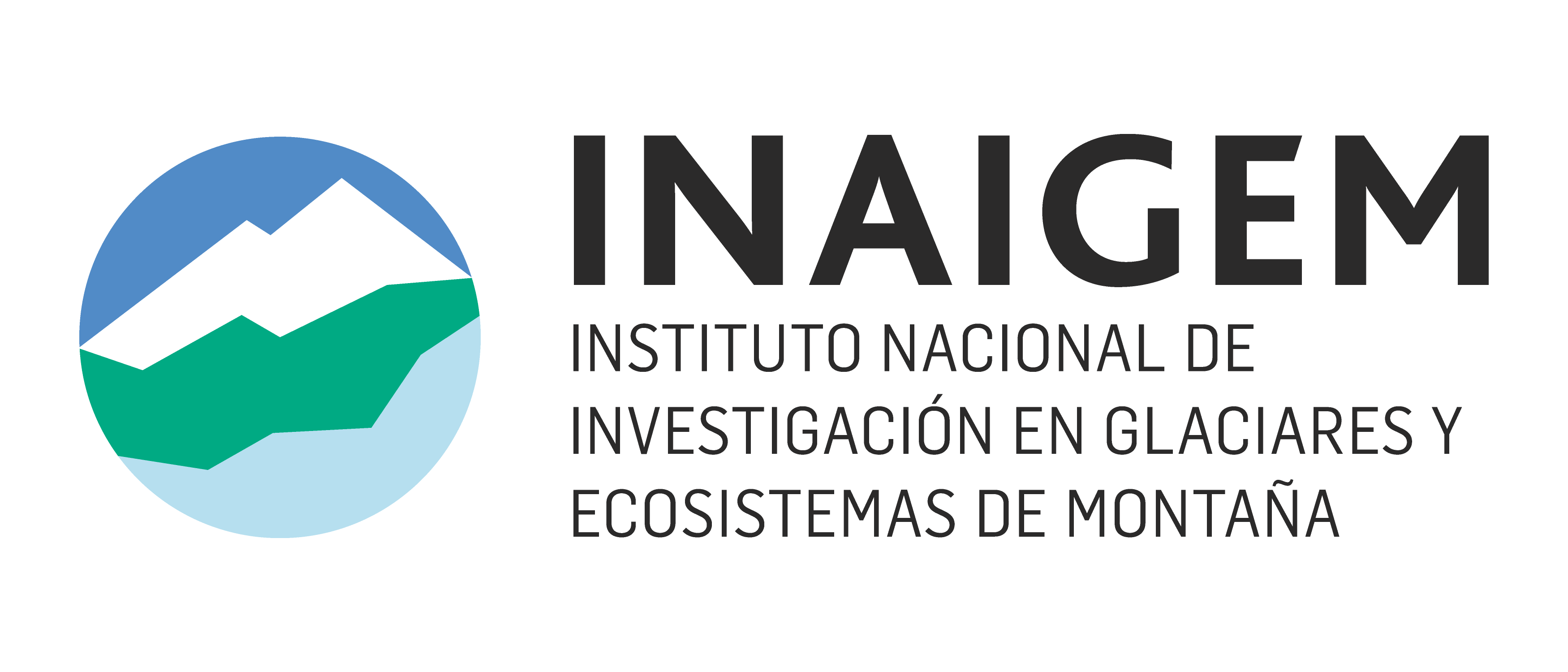
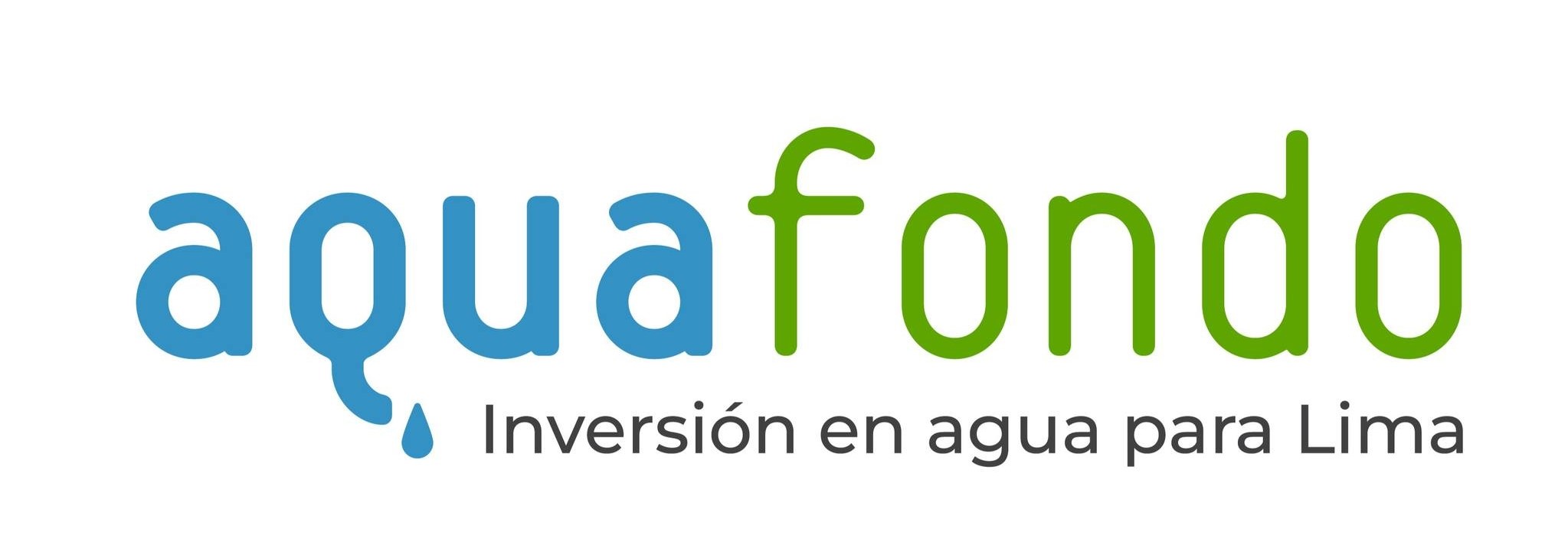

Director
prau@utec.edu.pe
El Dr. Rau es doctor en Hidrología por la Universidad de Toulouse, Francia, y profesor en la Universidad de Ingeniería y Tecnología (UTEC), Perú. Cuenta con más de 15 años de experiencia profesional y en investigación. Actualmente se desempeña como investigador principal y director del Centro de Investigación y Tecnología del Agua (CITA). Sus principales líneas de investigación incluyen el impacto de la variabilidad y el cambio climático en el ciclo hidrológico, los servicios ecosistémicos de regulación hídrica, los procesos hidrológicos en cuencas hidrográficas y el enfoque interdisciplinario para la seguridad hídrica.
Líneas de investigación
Hidrología
Hidroclimatología
Seguridad Hídrica
Cambio Climático

Investigador
dhorna@utec.edu.pe
Es director del Departamento de Ciencias y profesor asistente del Departamento de Ingeniería Ambiental en la Universidad de Ingeniería y Tecnología – UTEC. Obtuvo el grado de B.S. en Ingeniería Civil por la Universidad de Kansas, el M.S. en Ingeniería Civil con especialización en Mecánica de Fluidos Ambientales e Hidrología por la Universidad de Stanford, y el Doctorado en Ingeniería Civil y Ambiental con especialización en Hidráulica, Hidrología y Recursos Hídricos por el IIHR–Hydroscience and Engineering de la Universidad de Iowa.El Dr. Horna-Muñoz ha sido profesor visitante en el Departamento de Ingeniería Civil y Ambiental y Ciencias de la Tierra de la Universidad de Notre Dame. Además, participó en la Escuela de Investigación de Verano titulada Dinámica de Fluidos de la Sostenibilidad y el Ambiente, organizada por el Departamento de Matemáticas Aplicadas y Física Teórica de la Universidad de Cambridge.Su investigación se centra en el desarrollo y la aplicación de modelos computacionales tridimensionales y bidimensionales de dinámica de fluidos para abordar diversos problemas de la ingeniería y de los fluidos ambientales. Algunos de sus estudios incluyen: la influencia de edificaciones en los patrones de contaminación atmosférica en entornos urbanos; la interacción entre vegetación y calidad del aire; procesos de formación de niebla y neblina; inundaciones provocadas por rotura de presas; dinámica de la erosión durante eventos de crecida; procesos de mezclado en confluencias fluviales; y la dinámica de lagos bajo diferentes perfiles y grados de estratificación.
Líneas de investigación
Dinámica de Fluidos
Mecánica de Fluidos Ambientales
Modelación atmosférica
Calidad del aire

Investigadora
msantamaria@utec.edu.pe
Doctora en Biotecnología por la Universidad Estatal de Carolina del Norte (NCSU), Estados Unidos, con formación posdoctoral en la Universidad de California, Davis (UC Davis). Especialista en biología molecular, genética, genómica e ingeniería de sistemas biológicos. Su investigación se centra en el aprovechamiento de la celulosa para la producción de energía renovable y bioproductos; el tratamiento de residuos y efluentes contaminados mediante sistemas biológicos; la identificación de especies y el monitoreo ambiental a través de códigos de barras de ADN (barcoding, metabarcoding, eDNA y metagenómica); el estudio de biomarcadores en aguas residuales (epidemiología basada en aguas residuales, WBE); y la ingeniería genética de microorganismos y plantas para la obtención de compuestos de valor agregado.

Investigador
jtarrillo@utec.edu.pe
Ha desarrollado actividades de investigación en la Universidad de Mons (UMONS, Bélgica) y cuenta con experiencia en investigación y desarrollo en los campos de equipos médicos, medición de parámetros ambientales y en la industria aeroespacial (Antwerp Space – Bélgica).Sus áreas de interés incluyen la tolerancia a fallos en FPGAs, los efectos de la radiación en circuitos digitales, sistemas reconfigurables, redes de sensores inalámbricos, adquisición de señales y sistemas embebidos.

Colaborador
joshun@utec.edu.pe
El Dr. Oshun es doctor en Geología por la Universidad de California, Berkeley (EE. UU.) y profesor en la Universidad Estatal de Arizona (Arizona State University, EE. UU.). Cuenta con más de 10 años de experiencia en investigación y docencia, y ha sido acreedor de importantes fondos de la National Science Foundation (NSF) para el desarrollo de investigaciones interdisciplinarias en recursos hídricos. Sus principales líneas de investigación incluyen los beneficios hidrológicos de las soluciones basadas en la naturaleza (SbN) para mejorar las prácticas de gestión del suelo y el agua, así como la restauración de ríos.

Colaborador
lguerrero@utec.edu.pe
Leo Guerrero es ingeniero civil por la Universidad de Piura (UDEP), donde también obtuvo una maestría en Recursos Hídricos en 2019. Actualmente es candidato a doctor en el Departamento de Geografía de Louisiana State University (LSU), en Estados Unidos, e investigador asociado en la Universidad de Ingeniería y Tecnología (UTEC), en Perú. Su proyecto de tesis doctoral se enfoca en los impactos morfológicos causados por la actividad minera en el río Madre de Dios. Dado que los ríos amazónicos han sido poco estudiados, busca resaltar su valor y fomentar un enfoque interdisciplinario que vincule la morfología fluvial con otras áreas del conocimiento. Cuenta con experiencia en modelamiento físico y numérico, así como en trabajos de campo para importantes proyectos hidráulicos tanto en Perú como a nivel internacional.
Líneas de Investigación
Geomorfología
Hidrodinámica
Transporte de sedimentos
Ríos Amazónicos

Colaboradora
spalominoo@utec.edu.pe
PHD y es candidata a doctora en el Sustainable Minerals Institute (SMI) de la Universidad de Queensland, Australia, donde desarrolla una investigación centrada en el escalamiento de la generación de aguas ácidas de lixiviados mediante experimentos cinéticos (columnas y mesoescala) en residuos mineros, en contextos de clima seco y frío.Es máster en Geociencias por el Virginia Polytechnic Institute and State University (EE. UU.), gracias a una beca Fulbright, e Ingeniera Sanitaria egresada de la Universidad Nacional de Ingeniería (Perú).Cuenta con más de diez años de experiencia profesional en los sectores público y privado. Ha trabajado en el Instituto Geológico, Minero y Metalúrgico del Perú (INGEMMET) y en Amphos21 Consulting Perú, donde se ha especializado en geoquímica e hidroquímica ambiental. Actualmente, se desempeña como investigadora adjunta del Centro de Investigación y Tecnología del Agua (CITA) de UTEC.
Líneas de Investigación
Geoquímica
Hidroquímica ambiental
Modelacion de la calidad del agua
Colaborador
cbarreto@utec.edu.pe
David es Urban Planner en el Brisbane City Council, en el área de Planeamiento Estratégico Regional y Urbano. Cuenta con una sólida trayectoria en la coordinación de proyectos, habiendo desempeñado roles clave en el Centro de Investigación y Tecnología del Agua (CITA – UTEC), la Autoridad para la Reconstrucción con Cambios (ARCC) y el proyecto de la carretera IIRSA Norte. Es magíster en Planificación Regional y Urbana por The University of Queensland (Australia) e ingeniero civil por la Universidad de Piura (UDEP).
Líneas de Investigación
Ingeniería y gestión de proyectos
Planeamiento Urbano
Infraestructura de transporte